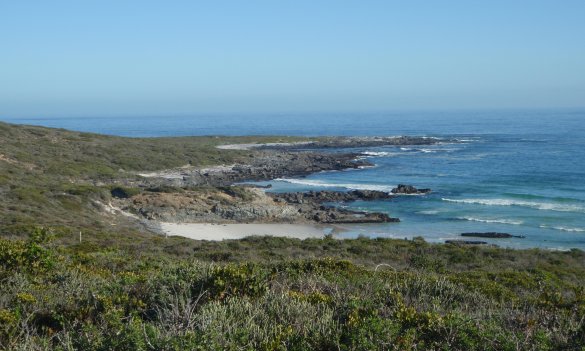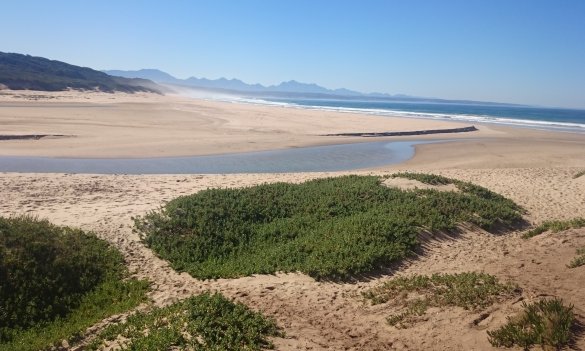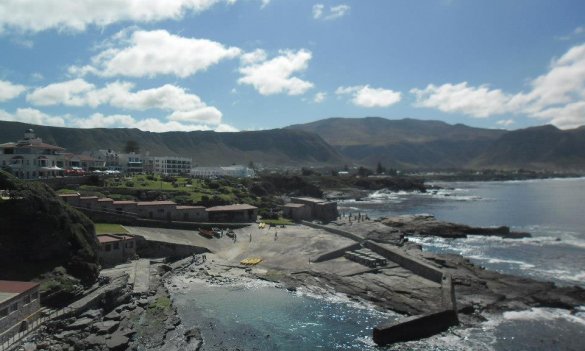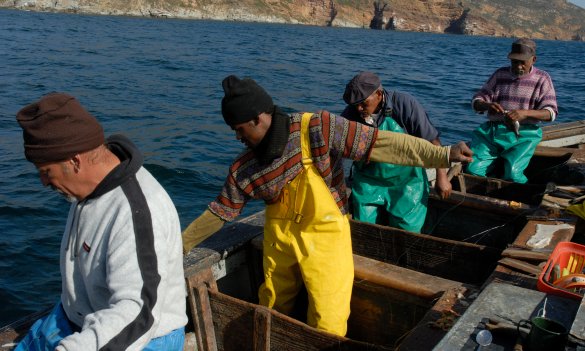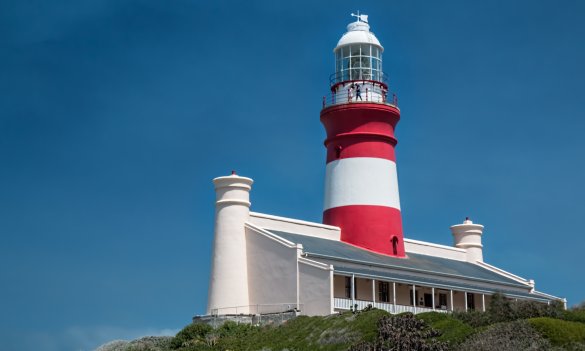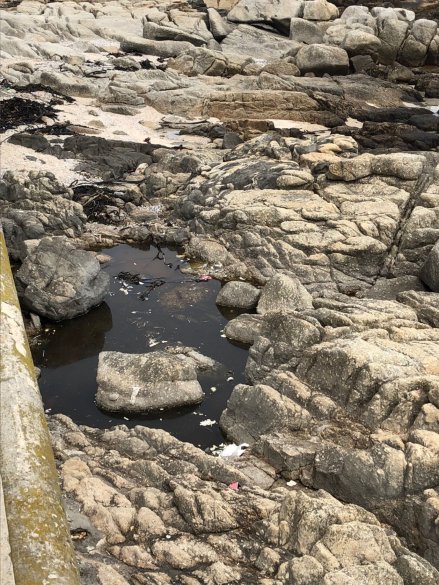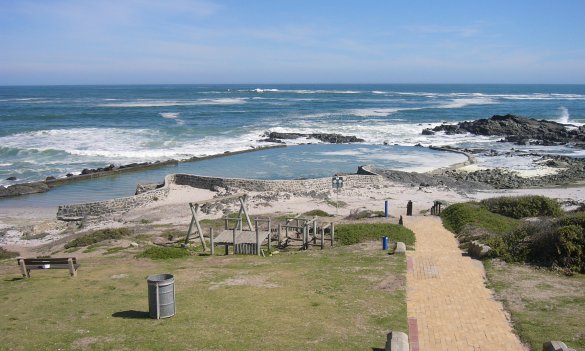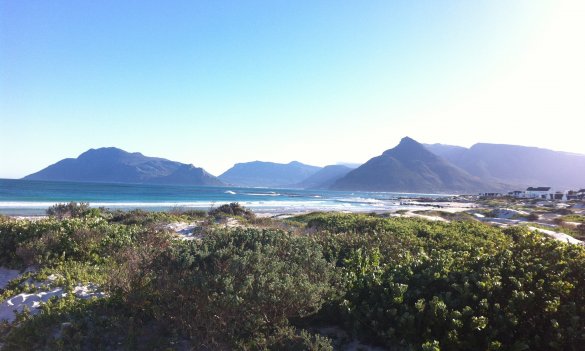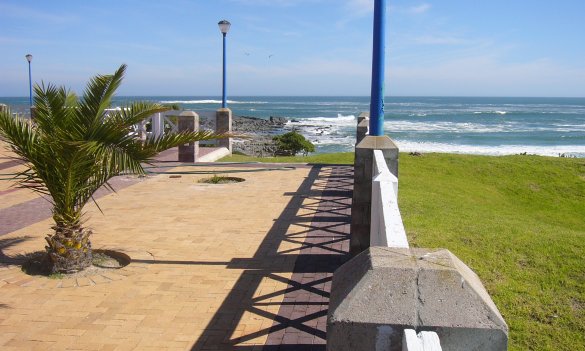State of the Coast Report
The State of the Coast Report (SoCR) describes the condition of the biophysical, socio-economic and institutional environments as they relate to the coastal zone. The SoCR describes the current condition as the baseline and uses historical information, where available, to assess changes to the coast over time. The SoCR also describes the impacts of projected climate change manifestations on the coastline. The “Driver-Pressure-State-Impacts-Response” (DPSIR) was used to assess the state of the coast based on a set of indicators.
The Western Cape SoCR (WC SoCR) 2018 is the first SoCR report that specifically focusses on aspects of the coastal environment in the Province. The following nine coastal themes were assessed in the WC SoCR:
Biodiversity is described as the variability of organisms and their collective ecological complexes. The study area of the SoCR incorporates the terrestrial, estuarine, shore and beach, and marine (oceans and islands) ecosystems. The biodiverse nature of the Western Cape coastline requires careful management and monitoring to ensure that the ability of ecosystems to provide valuable services is not compromised due to further degradation.
OUTLOOK: HIGH CONCERN
.
Estuaries form the interface between land and sea, and are an integral part of the coastal system. Estuaries are valuable assets providing essential ecosystem services and require appropriate management and protection. The Western Cape Province has 56 estuaries within its boundaries, from the Sout estuary on the West Coast of the province to the Bloukrans estuary on the south east coast of the province.
OUTLOOK: HIGH CONCERN
.
The Western Cape Coastal Zone is an area where dense human settlements are concentrated due to the abundance of natural resources, livelihood and recreational opportunities found along the coast. Both economic and social conditions can impact on the state and quality of coastal environments and must be carefully managed to reduce these impacts.
OUTLOOK: IMPROVING
South Africa’s marine environment is characterised by its high biodiversity. There are at least 12 900 recorded marine species found in South African waters, which represents 15% of the world’s total number of species. This makes the South African coastline a valuable resource for commercial fisheries as well as eco-tourism. Approximately 90% of people directly employed in the commercial fisheries sector in South Africa are located within the Western Cape.
OUTLOOK: HIGH CONCERN
Land use refers to how the landscape is used by people. The arid west coast exists in stark contrast to the wet and lush Garden Route stretching along the southern coast of the Western Cape, shaping different types of land use. Changes in land use and the provision of coastal access may impact state and integrity of the current land use, particularly is the land is in a natural state and must be appropriately assessed and monitored.
OUTLOOK: IMPROVING
The coastal zone is influenced by the direct interaction between land and sea and is therefore affected by both land- and marine-based sources of pollution. Some of the key sources of pollution include litter, wastewater, dredging and dumping and shipping activity. It is important to assess, monitor and predict the impacts of pollutants on the Western Cape’s marine ecosystems in order to ensure long term sustainability of the coastal resources.
OUTLOOK: HIGH CONCERN
The Western Cape coastline has both natural and man-made assets which require effective management in order to preserve their integrity. These assets are vulnerable to dynamic coastal processes that will be compounded by climate change impacts. Inappropriate planning and unregulated development in high risk coastal areas can impact on coastal infrastructure and the resilience of coastal ecosystems, reducing the ability of remaining natural areas to withstand these dynamic processes.
OUTLOOK: STEADY
.
As the coastal environment continues to face pressure from a variety of sources, the need to develop and implement policies and programmes to ensure its effective management and protection. The effective management of coastal environments can only be successful if all relevant authorities and organisations work together. Effective cooperative governance will result in the overall improvement of the state of the coastal environment.
OUTLOOK: STEADY
As coastal areas experience increased pressure due to increased development and population growth in these areas, the need to raise awareness regarding coastal environments becomes more important. By strengthening awareness, education and training efforts to build capacity, the general public and decision-makers become able to collectively take responsibility for managing and protecting the coastal environment.
OUTLOOK: IMPROVING

